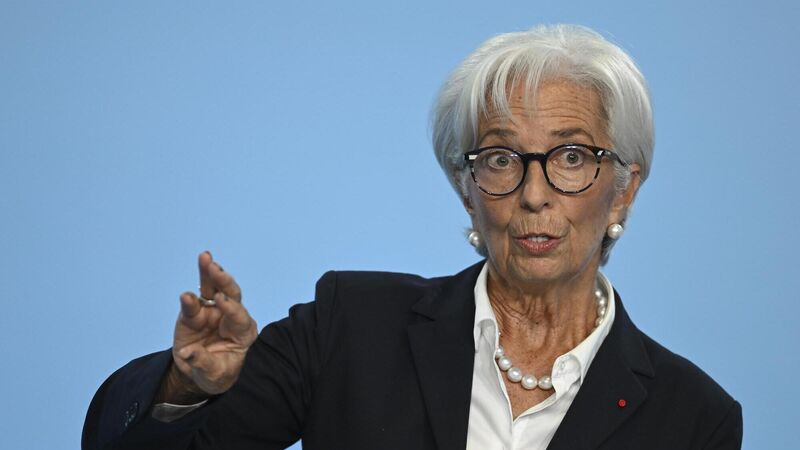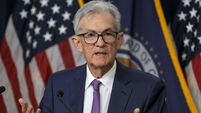David McNamara: Central banks maintain 'not just yet' messaging on rate cuts

European Central Bank president Christine Lagarde.
Further significant declines in inflation look to be in store this spring virtually everywhere, as large price increases a year earlier drop out of the annual comparison.
However, the continued easing of inflation may not be enough to trigger a rate cut by the main central banks in early 2024 as markets expect, with policymakers looking for a sustained return to the 2% target before committing to rate cuts this year.
This 'not just yet' messaging has been emphasised in a succession of comments by central bankers at Davos and elsewhere last week, including ECB president Christine Lagarde.
However, as of this week, markets are still expecting up to 130 basis points of cuts to interest rates in 2024 across the main central banks, at odds with more modest guidance of below 100bps by professional forecasters and central bank projections.
The path for interest rates will have a significant bearing on other markets in 2024. The most notable feature of the main currency markets over the past year has been the predominance of narrow trading ranges. EUR/USD has been confined to a $1.04-$1.12 corridor since late 2022.
Meantime, sterling has traded in a $1.20-1.31 band versus the dollar since last March. Most remarkable has been the very narrow trading range for EUR/GBP, which has been confined to an 85-89.5p corridor since September 2022. The question is, will this stable pattern continue in 2024?
Monetary policy has been a crucial driver of currency markets in recent years. The main central banks all raised interest rates at broadly the same pace over the past 18 months, and this was a key factor behind the narrow trading ranges on currency markets.
Central bank rate cuts, though, may not be as synchronous in the coming months. The Fed has made good progress in bringing core inflation down to its 2% target and could be the first mover on rate cuts ahead of the ECB or Bank of England.
The dollar is also still at an elevated level, having made big gains in 2021-22, and so it has greater scope to fall than most other currencies.
However, any eventual fall in the dollar may be limited, as it retains its safe haven status during uncertain times.
As already noted, significant rate cuts are expected elsewhere too. Geo-political risks are also likely to remain elevated, with elections due in more than 70 countries covering about half the global adult population in 2024.
Moreover, tensions in the Middle East have drawn the US and its allies into airstrikes in Yemen to protect the key trading route through the Red Sea, which accounts for over 10% of global seaborne trade.
Uncertainty remains the watchword in 2024.
- David McNamara is chief economist at AIB














